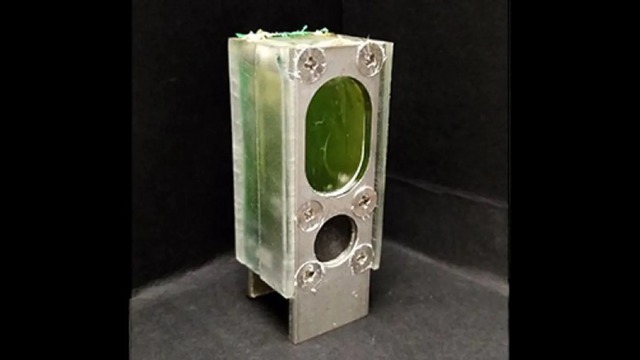The system used a small tank of cyanobacteria to generate energy. It was placed on a windowsill for six months during the Covid-19 outbreak in 2021. During that time, energy from photosynthesis was generated and powered a computer running Arm processors.
The research was led by Christopher Howe at the University of Cambridge. Howe and his colleagues built a small carrying case roughly the size of an AA battery. They make this battery from aluminum and clear plastic. They then placed a colony of cyanobacteria called Synechocystis sp. PCC 6803 to the battery.

Commonly known as “blue algae,” this type of cyanobacteria produces oxygen when it is exposed to sunlight using the process of photosynthesis. The researchers used this process to harness the power of photosynthesis. The system then supplied a continuous current through the battery’s anode and cathode, thereby powering the Arm processor.
All in all, the system seems very basic, but it’s proof of battery life Photosynthetic energy can be used in electronic device. To test the overall capacity of the battery, the researchers programmed the computer to run for 45-minute cycles. During those cycles, the computer sums consecutive integers to simulate its workload.
The computer needs about 0.3 microwatts of power during those cycles. It will then go into standby mode for 15 minutes, using about 0.24 microwatts of power. Surprisingly, the photosynthetic power worked for six months without interruption. In addition, the machine continued to run for another six months after the test ended.

Researchers aren’t sure exactly what the source of the photosynthetic energy is. Howe says it is possible that cyanobacteria produce their own electrons.
It is also possible that they simply create the conditions that allow the aluminum anode to generate electrons. Corrosion of the aluminum inside the container causes a chemical reaction that allows it to generate electrons. However, whatever the cause of the photosynthetic power, the technology is still promising.
Howe believes they can scale even further. This will allow the energy of photosynthesis to power countless electronic devices. However, he says more research is needed on the topic to see how far it can be scaled.
The researchers believe we can make similar photosynthetic batteries very cheaply. They also believe it is possible to see the commercial possibilities of this technology within the next five years. In the past, similar studies have allowed us to harness sunlight, including turning sunlight and water into fuel.
Refer Gizmodo
at Blogtuan.info – Source: Soha.vn – Read the original article here


